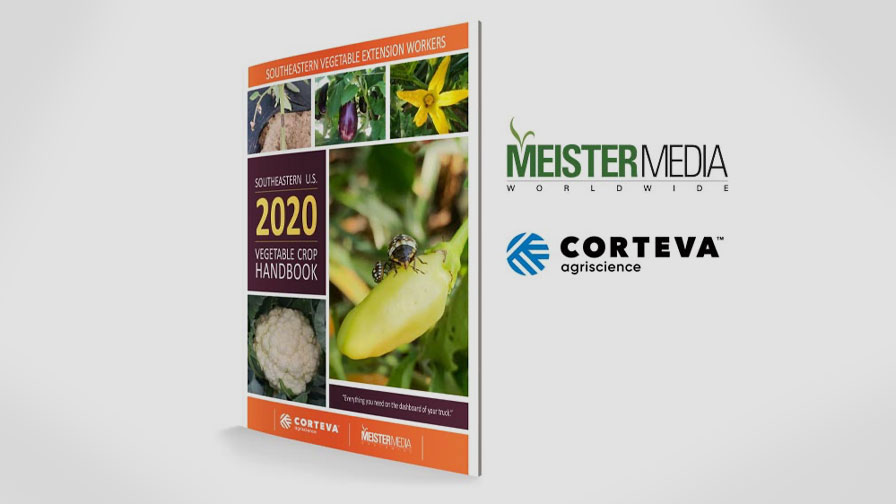Tips for Using Biocontrols in Tank Mixes

Biologicals thrive when mixed with fertigation or other feeds, according to John Kempf, Founder of Advancing Eco Agriculture.
Photo by Sharae Richmond
Efficiency saves money, especially when it comes to labor hours. If a crop protection item cannot be mixed with other products, that requires an additional time-consuming task for your crews.
The good news is that biologicals can be used in mixes. But here are some guidelines you’ll need to follow to ensure they’re effective.
Don’t Kill Your Microbes
Let’s start with the obvious. The first rule is to not mix your biological products with anything that will kill them. That includes obvious things like bactericides. But it also includes treated water. Tap water often includes chlorine and other chemicals designed to kill pathogens, John Kempf, Founder of consulting firm Advancing Eco Agriculture, says.
You should also avoid using common organic controls like copper and manganese while you need your biologicals to work. These are biocides.
Make Sure Your Product Is Still Alive
For biologicals to do their jobs, they have to be alive. Improper storage, either on your operation or during shipping, can kill your microbes.
“Check if the formulation has live organisms or other bioactive ingredients from plants or microbes without live organisms. Ensure the viability of the live propagules during storage, handling, tank mixing, and application,” says Surendra Dara, Cooperative Extension Advisor-Entomology and Biologicals, University of California.
“If you truly want to evaluate your products, have a laboratory measure to see if you get colonization,” Kempf says. “There’s a number of cases where a farmer says they get a good response or a bad response, but they didn’t measure if there was a colonization.”

You can mix any biologicals together, even those that would overwhelm the other. The catch? They need to be applied within two to four hours of being mixed.
Photo by Sharae Richmond
It’s OK to Mix with Other Biologicals, But …
Some beneficial biologicals will consume other microbes. Despite that, you can mix different types of biologicals if you’re moving quickly.
“You can combine competing organisms in the same solution as long as the product is applied rapidly,” Kempf says.
How does he define “rapidly”?
“Within two to four hours of mixing. Don’t give them time to consume each other,” Kempf says.
You don’t need to worry about the microbes cannibalizing each other once they’re on the plant, he says. That’s because the concentration is much lower. They’re spread out.
And sometimes you get magic when you mix two different products, Kempf says.
“We get better performance when we combine biocontrols from different genera — bacteria vs. fungi. Pythium is an example. When you use bacteria and fungi together, you get significantly stronger results than either alone.
Mix with Feeds Instead of Controls
Generally speaking, biologicals thrive when mixed with fertigation or other feeds, Kempf says.
“Biocontrols work better when combined with nutritional treatments for the plant, less well when combined with pesticides of any form,” Kempf says.
“That’s because what feeds the plant often also feeds the biologicals. It’s not 1+1=2. Sometimes it’s 1+1=11,” Kempf says.
Mind EC levels
Kempf also recommends avoiding tank mixing biologicals with fertilizers that have really high-level electric conductivity (EC).
“The rule of thumb is the solutions should have an EC of less than 3,800 microsiemens (μS),” he says.
Nozzle Spray Levels Can Kill Microbes
Spray pressure is important, Kempf says.
“It’s not the pressure itself, but the shear factor,” he says. He recommends nothing greater than a 65 psi nozzle pressure.
Always Follow the Label
As is the case with any crop protection product, follow the label instructions.
“Check the manufacturer’s guidelines or research information to avoid incompatible combinations and use only those combinations that have neutral, additive, or synergistic effect,” says Dara.










